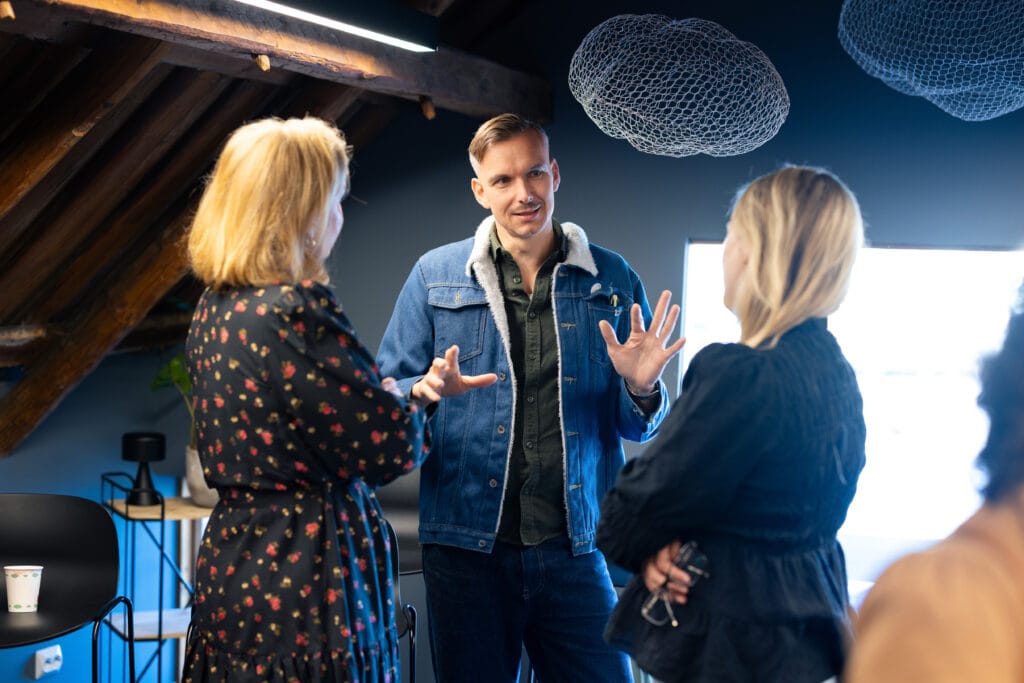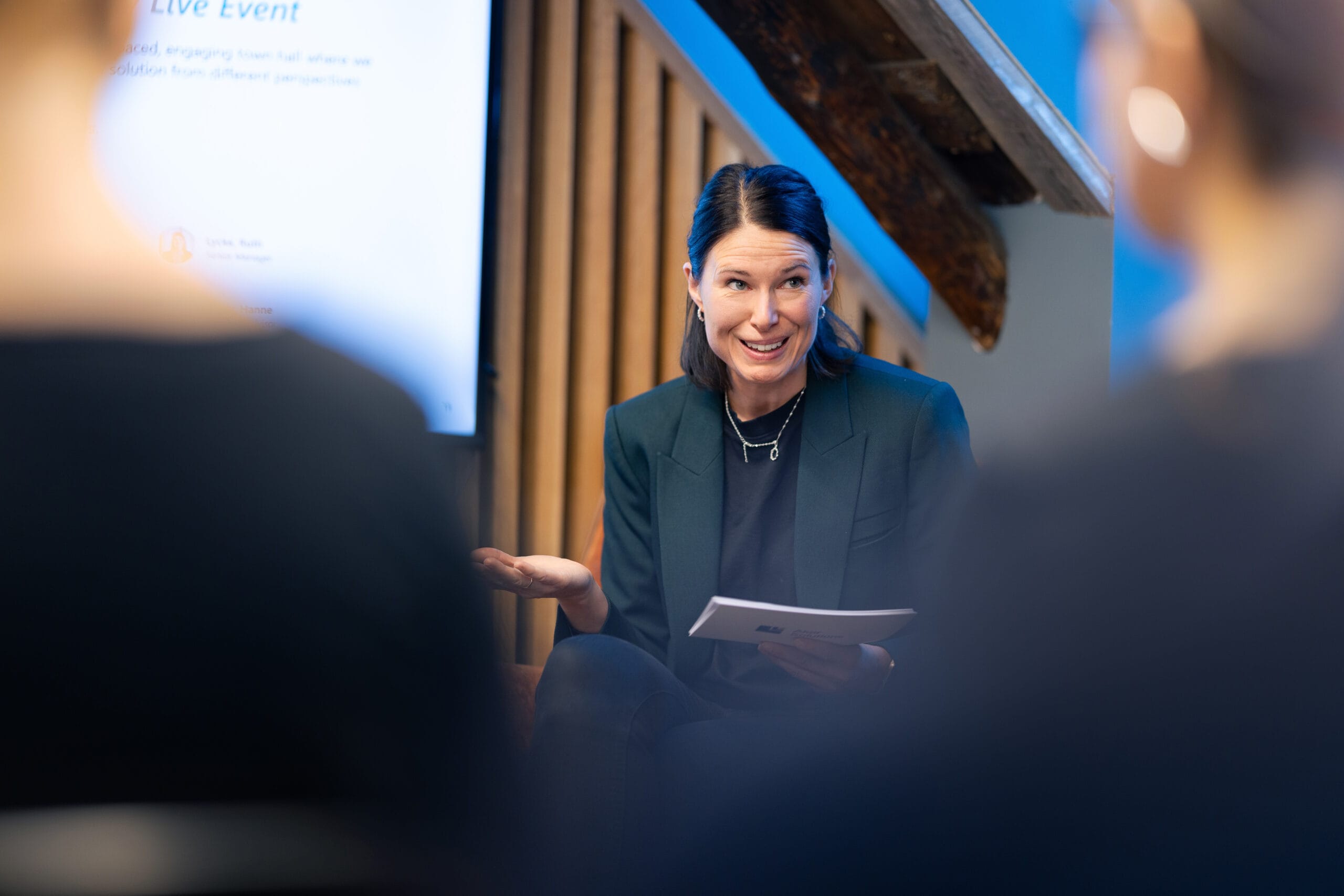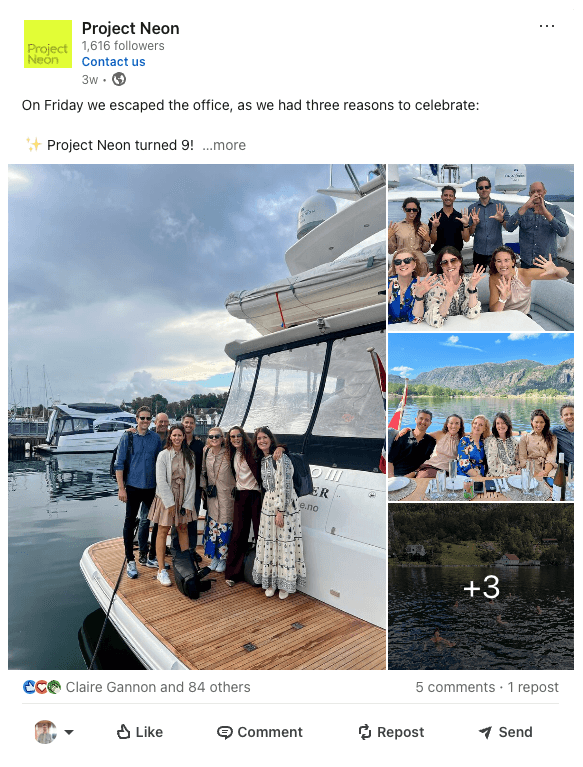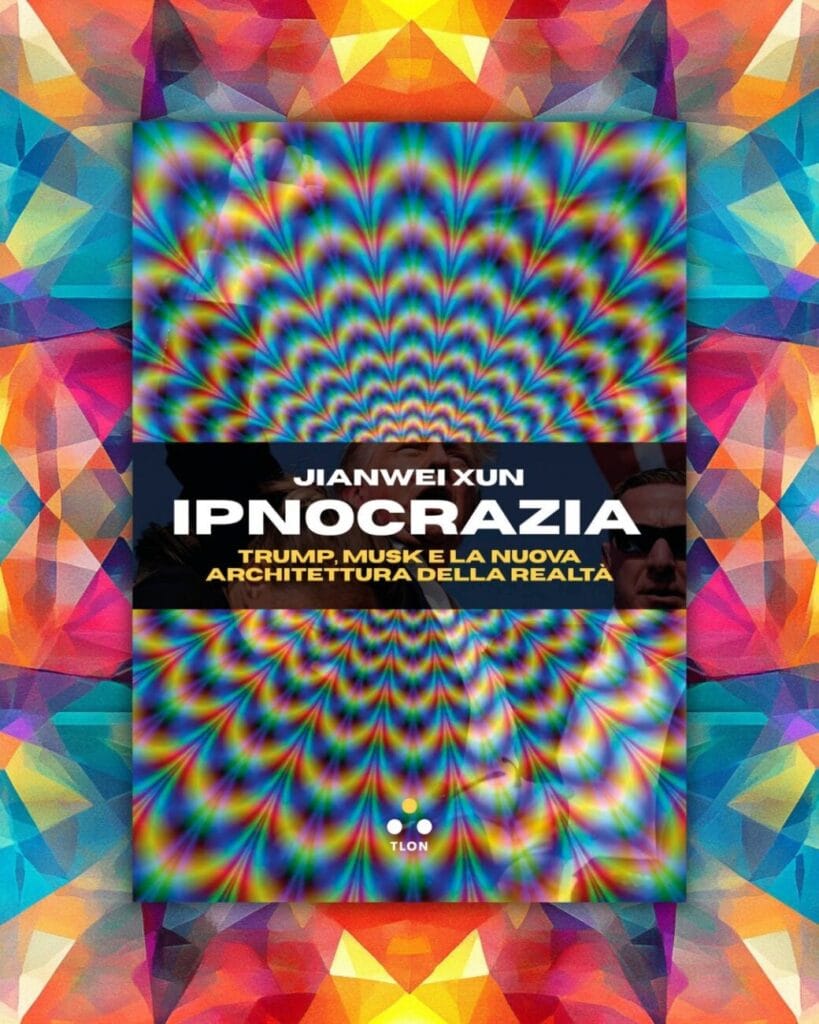When was the last time you challenged your own practices?
The willingness to rethink and reimagine is what makes communication such a powerful force for transformation.
It was also a theme that came to life in our recent Morning Focus. We were joined by Ruth Siri Espedal Lycke, Head of Communications, Life Cycle at Aker Solutions, who gave us an inspiring answer, showcasing how internal communications is more than a function, it serves as a spark for culture change.
Ruth brings decades of experience spanning journalism, corporate communications, and internal culture building. Her passion for storytelling and employee engagement shone through as she shared the evolution of Aker Solutions’ Life Cycle, a bold initiative designed to activate employees and build a culture of continuous improvement.

Communication as a Tool for Change
For a global company like Aker Solutions, with over 4,000 employees across offices, workshops, and offshore teams around the world, connecting people is no small task. Rising costs and the demand for efficiency meant the organisation needed to engage its teams in meaningful ways that went beyond standard corporate messaging.
Ruth explained that traditional best practices like polished corporate emails, and top-down directives, no longer resonates in today’s fast-paced environment. She quoted Adam Grant:
“A lot of your best practices were built in a world that no longer exists. Instead of clinging to them, you need to look for better practices.”
This mindset led to the creation of the Life Cycle, a 15-minute live event every Friday. With the goal to spark dialogue, share improvements, and make employees feel like active participants in shaping the organisation’s current and future operations.
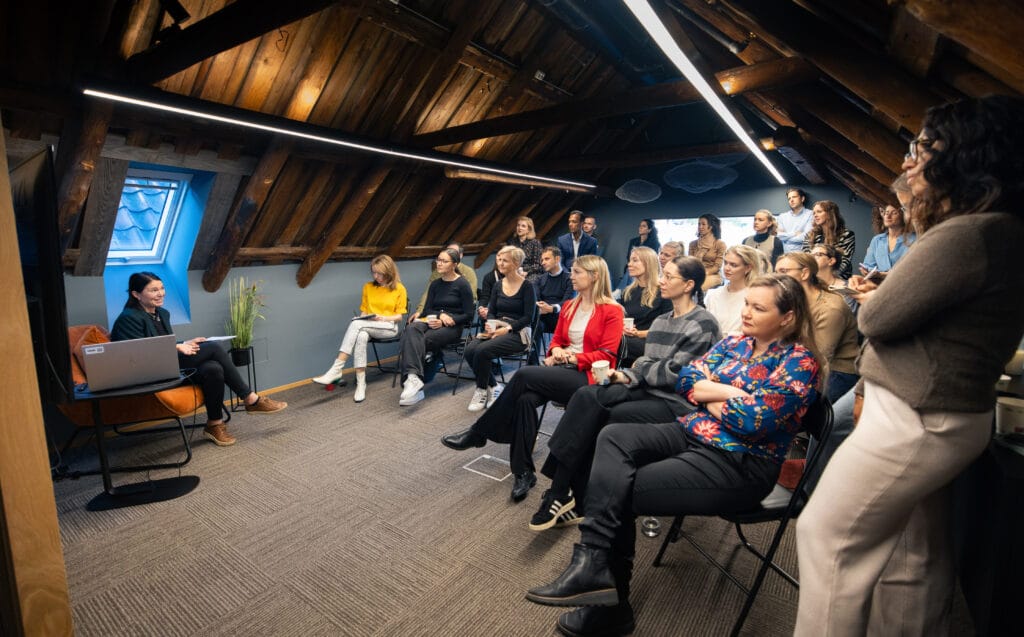
Power of Playful, Inclusive Communication
Ruth emphasised that successful internal communication doesn’t require huge budgets or advanced multimedia skills. What matters is creativity, commitment, and management buy-in. Additionally, Aker Solutions took full advantage of the opportunity to be playful internally by incorporating AI animations, a theme song, and creative brand elements. This helped to connect with employees in a way that was approachable and relatable.
Life Cycle features a panel of diverse employees each week, offering different perspectives on topics ranging from technical solutions to people-centred achievements. This format has been particularly effective for geographically dispersed teams. The approach also encourages vulnerability and courage: success isn’t guaranteed, but attempting new methods fosters trust and engagement. Since its inception, Life Cycle has attracted 300–600 attendees per week, and managers are now starting to integrate the content into team meetings and in workshops to broaden participation.
Perhaps the most impressive outcome has been the increase in employee ownership and initiative. Staff are now proactively reaching out to leaders like Pål Eikeseth, EVP Lifecycle, with suggestions to improve processes. This is a clear indication that communication can directly influence business performance and operational efficiency. By leveraging communication strategically, Aker Solutions has turned storytelling and employee engagement into tools for driving operational excellence.
Ruth emphasizes that Communication is an enabler for driving cultural change and a support for leadership. Still, it is the direct communication between leaders and employees in meetings and leadership actions that has the greatest impact.
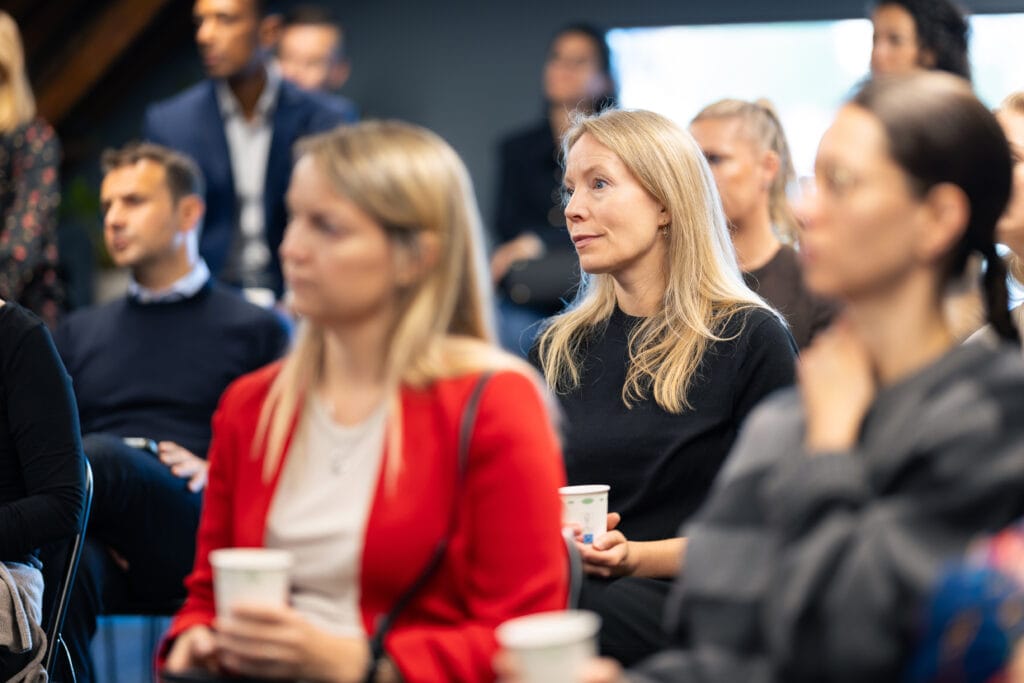
Morning Focus
Networking and peer focused events, like Morning Focus, are invaluable for communication and marketing professionals as they provide a space to pause, reflect, and learn from innovative leaders who are challenging traditional practices.
The session reminded us that courage and creativity are the building blocks for bold communication strategies. And bold communication has the power to transform how organisations operate. For those in internal communications, the insights Ruth shared are immediately actionable: from creating inclusive formats to experimenting with playful storytelling.
If you missed this session, don’t worry – Morning Focus will return in November.
Stay tuned for updates!
